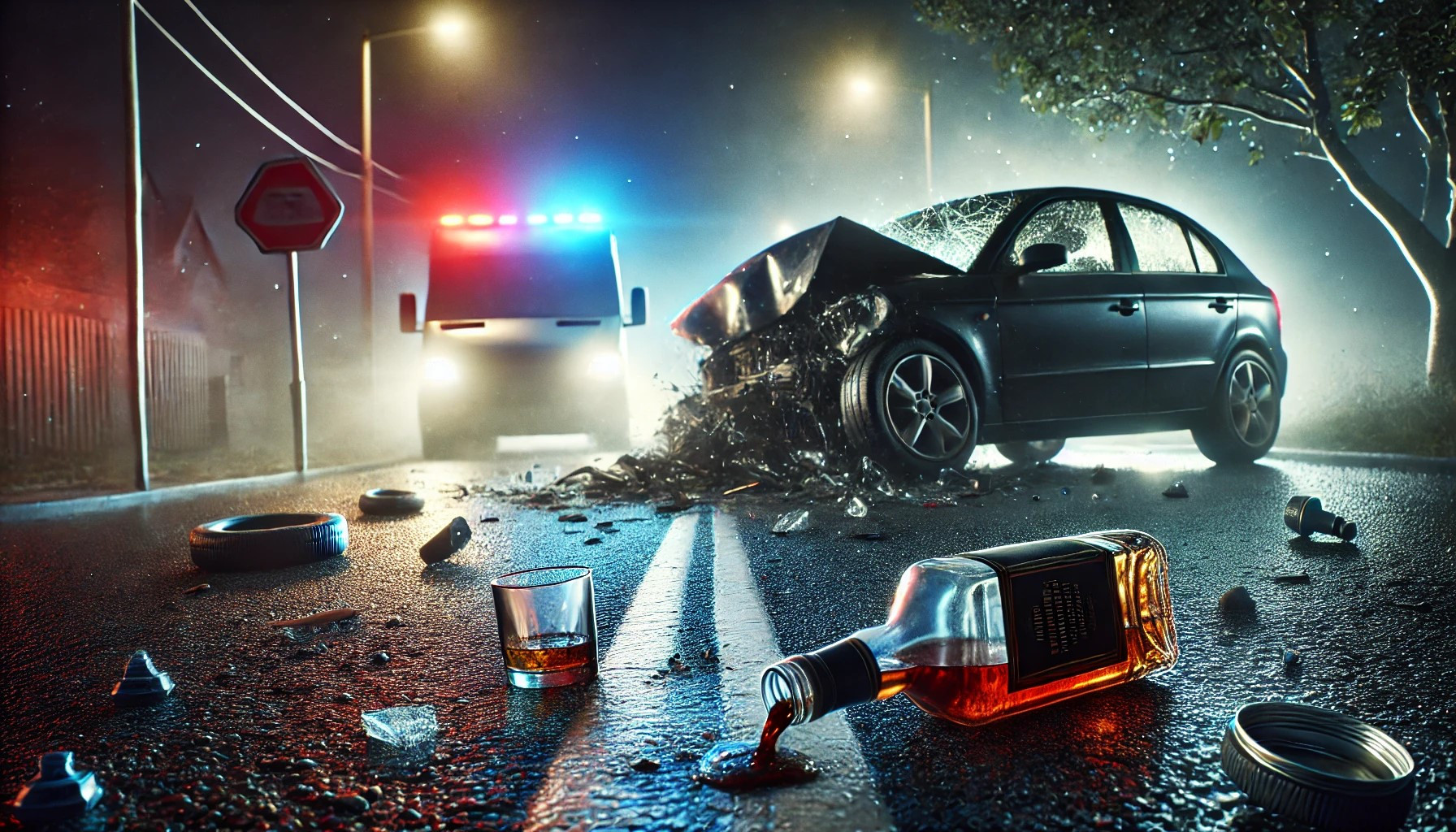‘Drink Driving,’ Not Just Drunk Driving, Can Be Fatal
When we hear about the dangers of driving under the influence, the focus is often on drunk driving, where an individual is severely impaired with a blood alcohol concentration (BAC) above the legal limit of 0.08%. However, the term "drink driving" encompasses a broader and often underestimated threat—operating a vehicle after consuming any amount of alcohol that can impair your abilities, even if you are below the legal BAC limit. The reality is that "drink driving" can be just as dangerous as "drunk driving," and understanding the risks associated with even minimal alcohol consumption before driving is crucial for everyone on the road.
Understanding the Risks of Drink Driving
Alcohol impacts the body and mind in various ways, and its effects can begin as soon as you take your first sip. While the legal BAC limit is set at 0.08% in most states, the threshold for impairment can be significantly lower for many people. Factors such as body weight, tolerance, metabolism, and even what you’ve eaten can influence how alcohol affects you. What might seem like a small drink could impair another person significantly, slowing reaction times, blurring vision, and impairing judgment—all critical faculties needed for safe driving.
One of the greatest dangers of drunk driving is the false sense of security it provides. Many drivers assume that because they feel “okay” after a drink, they are safe to drive. This false confidence can lead to risky driving behaviors such as speeding, ignoring traffic signals, or misjudging distances, all of which can have devastating consequences. Even at BAC levels well below the legal limit, alcohol can diminish your coordination, reduce your ability to focus, and slow your reaction time, making you a hazard on the road.
The Law and Drink Driving
While the legal BAC limit is 0.08%, it’s crucial to recognize that this is not a guarantee of safety. Many states have implemented stricter BAC limits for specific groups, such as commercial drivers and those under the age of 21, who are often held to a zero-tolerance standard. These lower limits reflect the understanding that even minimal alcohol consumption can impair driving abilities, especially in less experienced drivers.
However, staying within the legal limit doesn’t necessarily mean you’re in the clear. The effects of alcohol are not uniform; some individuals may experience significant impairment at BAC levels well below 0.08%. Moreover, many people are unaware that certain medications, fatigue, or other substances can amplify the effects of alcohol, making it even more dangerous to drive. Therefore, drivers ed programs like those offered by Get Drivers Ed stress the importance of not driving at all after consuming alcohol, regardless of how much you’ve had.
The Role of Education in Preventing Drink Driving
Education is a powerful tool in combating the risks of drunk driving. Comprehensive drivers ed courses go beyond teaching basic driving skills; they instill an understanding of the risks associated with alcohol consumption and driving. At Get Drivers Ed, we ensure that our curriculum includes detailed information on how alcohol affects the body and mind, the legal consequences of drunk driving, and strategies for making safe choices.
One key lesson taught in our courses is the importance of planning ahead. If you know you will be drinking, having a plan in place—such as designating a sober driver, using public transportation, or arranging for a ride-sharing service—can prevent you from making a dangerous decision to drive. By understanding the risks and having strategies in place, drivers can avoid putting themselves and others in harm's way.
Strategies for Staying Safe
The best strategy for preventing drunk driving is simple: don’t drive after drinking, no matter how little you’ve had. Here are some practical steps to ensure you stay safe:
Designate a Driver:
If you’re going out with friends and plan to drink, choose someone who will stay sober and be responsible for driving.
Use Alternative Transportation:
Ride-sharing apps, taxis, and public transportation are excellent alternatives to driving yourself home after drinking.
Stay Put:
If you’re at a party or gathering, consider staying over until you’re sober enough to drive safely.
Know Your Limits:
Be aware that alcohol can stay in your system longer than you might think. Even if you feel fine the next morning, your BAC could still be above the legal limit.
Look Out for Others: If you see someone attempting to drive after drinking, intervene. Offer them a ride or help them find a safe way home. It’s better to prevent a potential tragedy than to regret not stepping in.
The Importance of Continuing Education
While initial drivers ed courses provide a solid foundation, continuing education is vital for staying up-to-date with safe driving practices. As laws evolve and new challenges emerge, refresher courses can help keep your knowledge current. Get Drivers Ed offers ongoing education and refresher courses that cover the latest in driving laws, technology, and safety practices, including the effects of alcohol and other impairments on driving.
Conclusion
Drunk driving is a serious issue that goes beyond the typical understanding of drunk driving. Even small amounts of alcohol can impair your ability to drive safely, leading to potentially fatal outcomes. Comprehensive drivers ed programs, like those offered by Get Drivers Ed, play a crucial role in raising awareness about the dangers of drunk driving and equipping drivers with the knowledge and strategies to make safer choices.
The most important decision you can make is to avoid driving after consuming alcohol entirely. By committing to this choice, you protect yourself, your passengers, and others on the road. If you or someone you know could benefit from enhanced driving education, explore the courses available at Get Drivers Ed. Together, we can make the roads safer for everyone.

